Table of Contents
Expensive Countries in the World
Various factors can make living in certain countries very costly. The same countries may offer very high standards of living and provide excellent public services and stability, economic and otherwise. However, all these perks have to be balanced by higher housing, food, and other daily costs. Below, we’ll explore why some countries are so expensive and provide a detailed list of the most expensive countries in the world.
Why Are Some Countries So Expensive?
i) Housing Costs:
The price of houses drives the living costs in most countries. The cities where the space is small and the demand is high, like Zurich and Singapore, normally have extremely high prices for real estate. It can be really expensive to secure a house, whether buying or renting, in these countries; it might be the highest portion of an individual’s or family’s budget.
ii) Taxes:
Another major contributing factor is high taxes. For instance, Norway and Denmark pay high taxes for an extensive welfare system, which includes totally free or highly subsidised health care, education, and other public services; even though such social services are very helpful to citizens, the high tax rates that support the services add to the cost of living.
iii) Inflation:
The cost of living is majorly determined by inflation. The higher the inflation rates in countries, the more inflated the prices of different goods and services become, consequently reducing residents’ purchasing power. Gradual inflation, even in stable economies, can result in large rises in the cost of living over time.
iv) Import Dependency:
The countries that rely on importing means of subsistence have higher living costs. For instance, Iceland imports most of the foodstuffs and consumer goods due to severe conditions and an inconvenient location. Expenses on shipment and tariffs increase the final cost of basic commodities at the consumer point.
v) Currency Strength:
With the good currency comes a higher cost of living often. For instance, Switzerland and Norway have strong currencies, hence their locally produced goods and services are high in price. While it might be ideal for international travel and imports, it raises the living standards internally.
vi) Wages:
High wages in a country translate to high costs of living. Companies pass on the costs of paying high wages to the consumers by raising the prices of such commodities and services. However, such effects can be negligible to the natives if wages and cost of living rise proportionately.
vii) Economic Stability:
This means that countries which have low levels of unemployment and assurance of governance are highly probable to have a high cost of living. Stability often attracts businesses and individuals looking for security and prosperity. This heightens demand for housing and services and raises prices in the process.
viii) Quality of Life:
Countries that offer high living qualities, usually in terms of best health and education standards along with low crime rates, are usually very expensive. Such is because of the reason that these countries are highly sought after for living, and thus the demand for housing and other facilities increases and hence the prices also increase accordingly.
Most Expensive Countries and the Key Factors
Now, let’s take a closer look at some of the most expensive countries in the world, based on these factors.
1. Switzerland
Switzerland often features in the top rankings of the most expensive countries in the world to live in. From high wages to a very strong economy and excellent quality of life, it certainly doesn’t come cheap. Major cities such as Zurich and Geneva are especially costly, with house prices among the highest in the world.

- Housing: A one-bedroom apartment rental in Zurich might cost more than $2,500 a month, while property purchase is even costlier.
- Food: Grocery shopping and eating out can be very costly, besides Switzerland relying on imports, adding to the cost of living.
- Transportation: Public transportation in Switzerland is very efficient but quite expensive. Owning a car also is costly enough when considering high fuel prices added to the road taxes.
2. Norway
The immediate result of high salaries, a strong economy, and an encompassing welfare state are high living costs in Norway. On the other hand, many cities could be considered extremely expensive, among them Oslo and Bergen, having some of the highest prices for accommodation and nutrition in Europe.
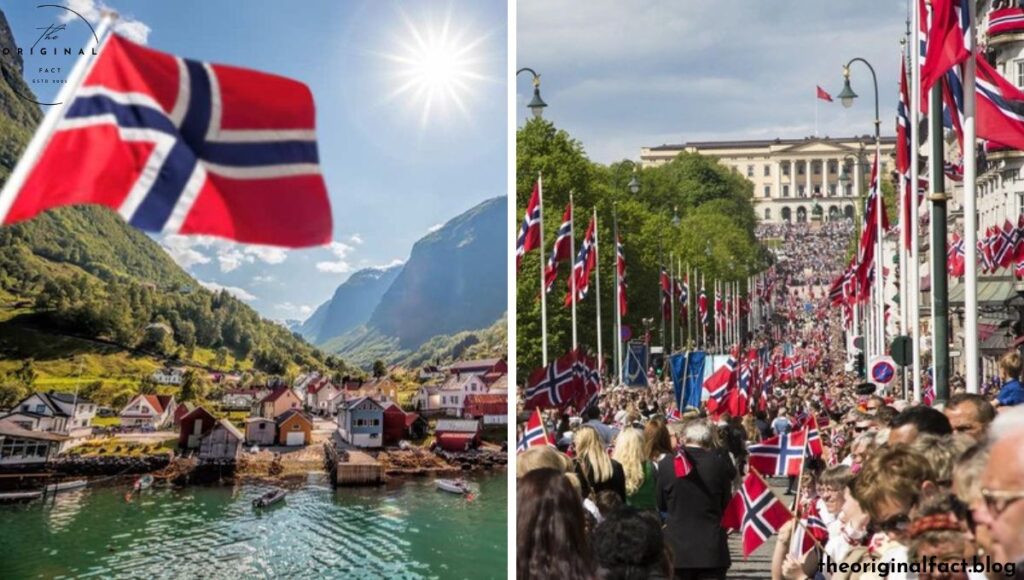
- Housing: The average price for a small one-bedroom apartment in Oslo is approximately $2,000 per month, while it is yet higher in the most attractive districts.
- Taxes: Norway has one of the highest tax burdens in the world and adds to its overall cost of living
- Goods and Services: Grocery items and alcohol and tobacco have very high taxation rates, which make such goods very expensive.
3. Iceland
Iceland is among the most expensive countries globally, mainly due to its geographic isolation and small population. The cost of living index is on the higher side in all respects for this country, with particularly high food prices, housing, and utilities.

- Food and Groceries: Most of the food in Iceland is imported, which makes groceries very expensive. A simple meal in an inexpensive restaurant can cost roughly $20.
- Housing: Reykjavik housing costs a lot, with the average rent for a one-bedroom apartment costing about $1,800 a month.
- Utilities: While geothermal energy gives them cheap electricity, other utilities, like water and internet, may not be cheap.
4. Denmark
Denmark has high taxes but, in return, offers wide-ranging social services; however, this applies to the cost of living, too. Its capital, Copenhagen, features as one of the most expensive cities in Europe.
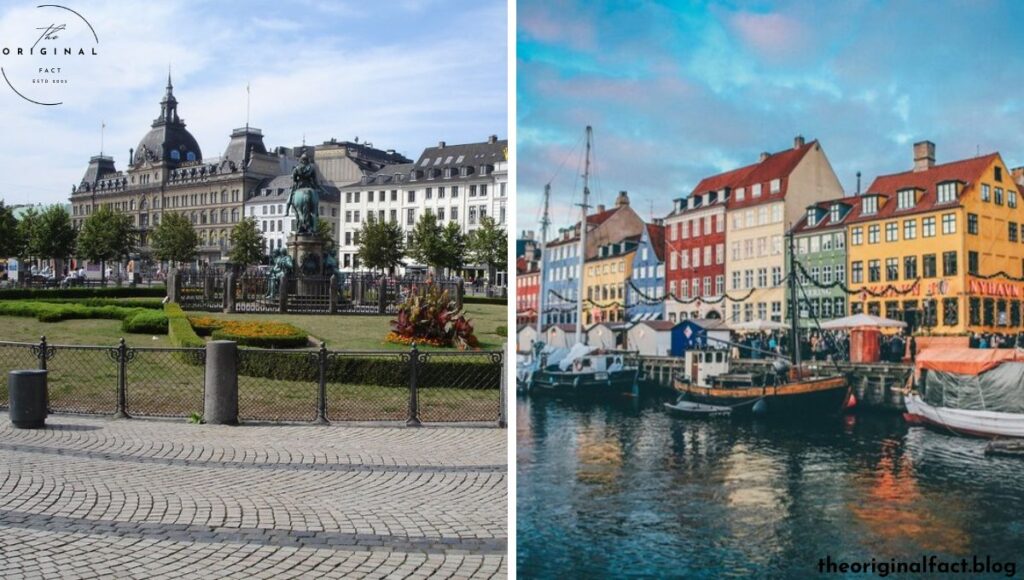
- Housing: The housing market in Copenhagen is competitive, with both rent and property prices having increased rather sharply. A one-bedroom apartment can easily go for $1,700 per month.
- Taxes: Tax rates in Denmark rank among the highest in the world. For sure, it pays for excellent public services, but on the other hand, it increases one’s cost of living.
- Transportation: This country has very well-developed public transportation that is quite expensive. Owning a car can be even more expensive because there are taxes and fees.
5. Singapore
Singapore is a global financial hub and, as such, very expensive. The generally small size of the city-state and its high population density drive up property prices.
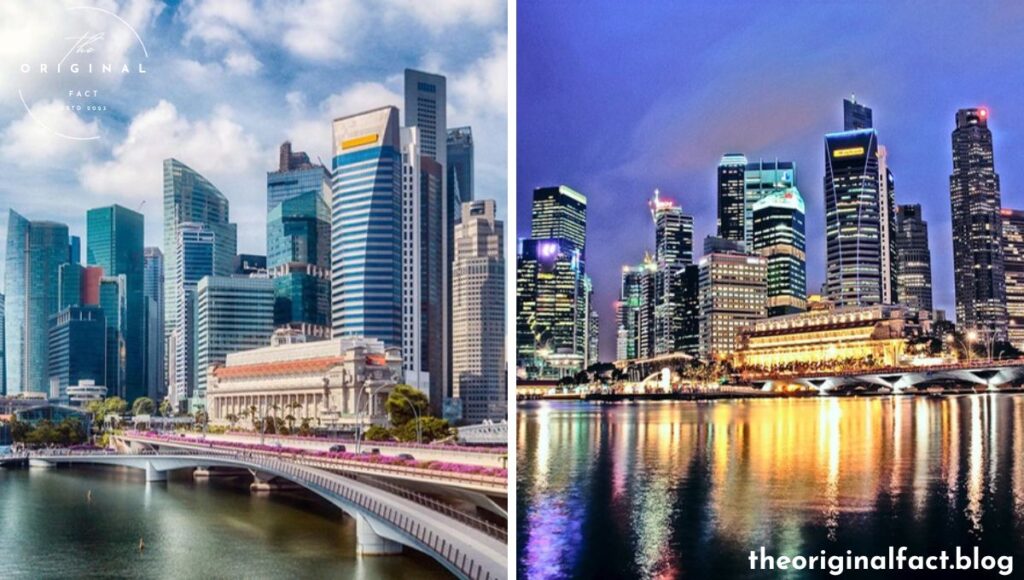
- Housing: The cost of renting in this city is about $2,500 for a one-bedroom apartment in the center. Larger spaces and better locations come with even higher prices.
- Transportation: Car ownership is heavily taxed, making it a luxury. Public transportation is efficient but not all that affordable either.
- Education: High-value international schools and tertiary education are expensive, adding to the cost of living.
6. Japan
The cost of living in Japan is focused on the major cities of Tokyo and Osaka. Although wages are high, the cost of housing, food, and utilities is very high, especially in urban areas.
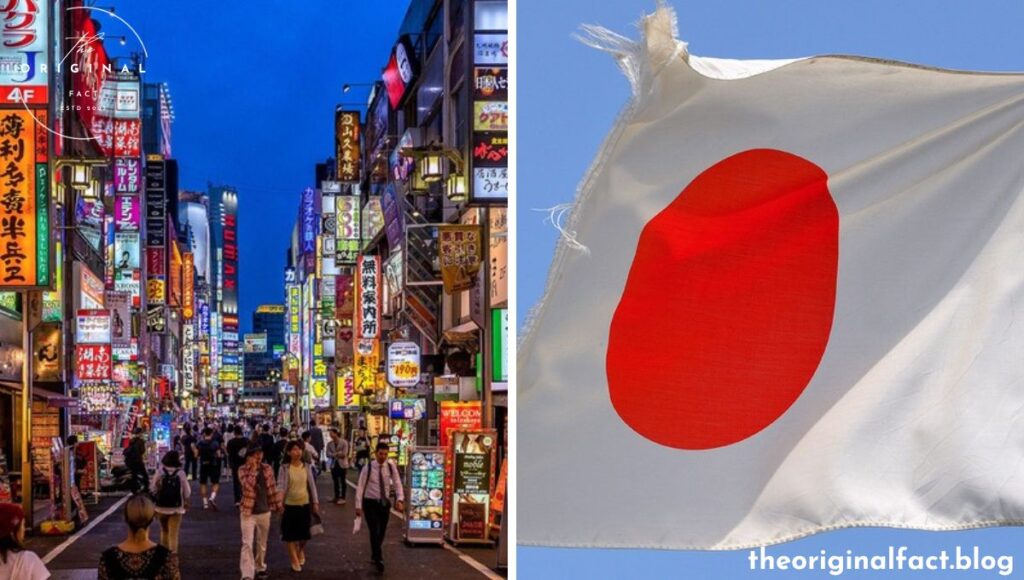
- Housing: Tokyo is counted in the world’s topmost expensive cities in real estate. In Tokyo, the average rent of a single bedroom ranges about $1,800 per month.
- Food: Eating out may be expensive because even the lowly placed restaurants charge at high prices due to the high rent and cost of food importation.
- Utilities: There is a high cost of electricity and water, especially in large cities.
7. Australia
Australia has a really high quality of life, but it comes with a price. Life in major centers such as Sydney and Melbourne is comparatively very expensive. Housing and transportation are major items.

- Housing: Sydney holds a position in the topmost city lists of the world for being one of the costliest cities to get accommodation in. Rent for a one-bedroom apartment can easily reach over $2,000 per month.
- Transportation: Travel by public transport is expensive, and for personal modes of transportation, there are high fuel costs and road taxes.
- Education: University education in Australia is expensive; hence, it contributes significantly to the cost of living.
8. Luxembourg
Located in Europe, Luxembourg is among those nations that are well endowed with great wealth. Its small size, coupled with its strong economy, contributes to its high cost of living. This is especially so in its housing and consumer goods.
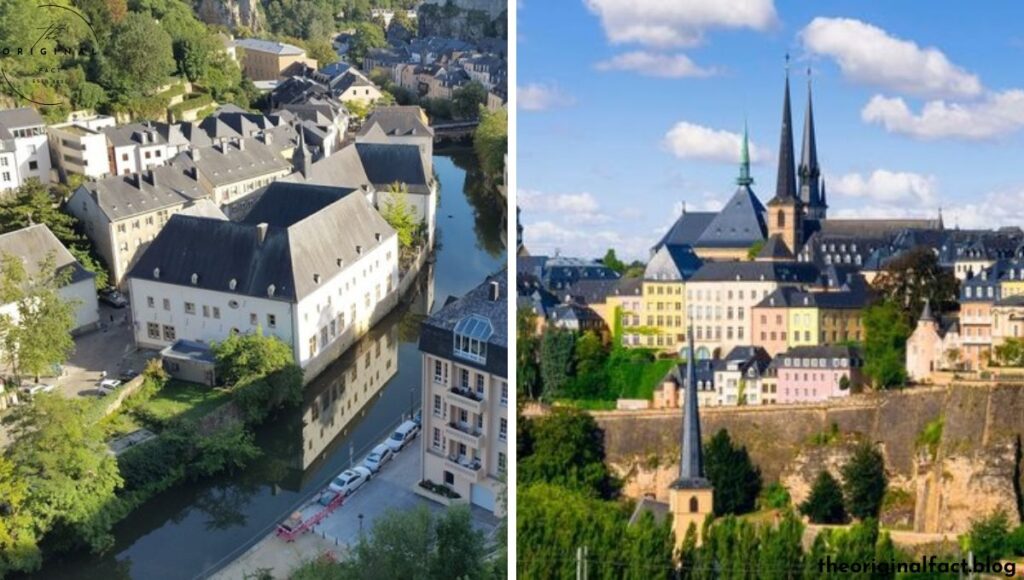
- Housing: Luxembourg City is especially very expensive, with the average rent for a one-bedroom apartment going for about $2,500 a month.
- Transportation: Even though the dimension of this country is small, transportation in Luxembourg is highly expensive, especially for people who own cars.
- Consumer Goods: For example, such consumer goods as food, and restaurant meals, too, are much more expensive than in European neighboring countries.
9. Ireland
Ireland has turned to be one of those countries where living has become expensive because of the highly developing economy, especially in the fields of technology and finances. The capital of Ireland, Dublin, has highly risen in housing and other living costs.

- Housing: Dublin is considered one of the most expensive housing markets in Europe, with a one-bedroom apartment averaging $2,000 a month.
- Taxes: They are not as high as other European countries, but they also do their part in making life costlier.
- Healthcare: Private healthcare is very expensive, while public healthcare, though available, often requires quite a bit of waiting.
10. United States
The cost of living varies in wide swaths around the nation, but overall, it is among the more expensive countries to be in, especially in urban hubs such as New York, San Francisco, and Los Angeles.

- Housing: Real estate in cities like New York and San Francisco are among the most expensive in the world. Indeed, rent and property prices can be prohibitively high in such areas.
- Healthcare: The U.S. has one of the most expensive healthcare systems in the world, significantly affecting the cost of living.
- Education: College education in the U.S. is notoriously expensive, with tuition fees commonly reaching into the tens of thousands of dollars per year.
Most Expensive Countries in the World
According to Econominc intelligence Unit here is a list of most expensive countries in the World
| Countries | City | Approx. Cost of Living (USD) |
|---|---|---|
| Switzerland | Zurich | $3,500/month |
| Norway | Oslo | $3,000/month |
| Iceland | Reykjavik | $3,200/month |
| Denmark | Copenhagen | $3,100/month |
| Singapore | Singapore City | $3,500/month |
| Japan | Tokyo | $2,800/month |
| Australia | Sydney | $3,000/month |
| Luxembourg | Luxembourg City | $3,400/month |
| Ireland | Dublin | $3,000/month |
| United States | New York | $4,000/month |
Conclusion
While these countries take great pride in their safety and highly efficient public services, all these come at a price. Whether relocating to one of these countries for some time, traveling, or doing business, all these factors put into perspective will help you be better prepared for the costs involved. Living in such countries has many great rewards, but along with those advantages come the added, generally higher costs associated with it, requiring careful financial planning and budgeting.
To Read More: Click Here

